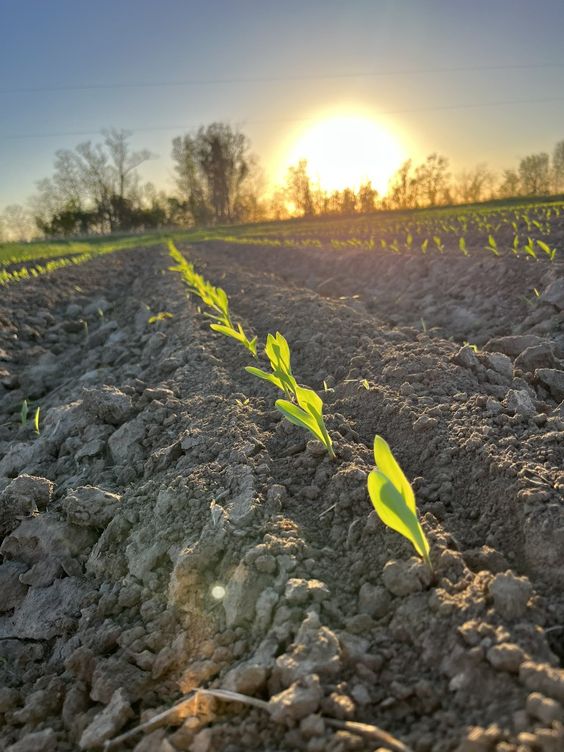What is Plantation Agriculture?
Plantation agriculture is a form of commercial farming where crops are grown for profit. It is characterized by large-scale operations, significant use of labor, and focus on a single or few types of cash crops. Historically, plantation agriculture has been associated with the colonial era, but it remains a significant agricultural practice in many parts of the world today. In this detailed exploration, we will delve into the definition, history, characteristics, environmental impacts, and current trends of plantation agriculture.
Definition and Characteristics
Plantation agriculture involves the large-scale cultivation of crops on extensive estates primarily for sale to external markets, rather than for local consumption. These plantations typically concentrate on a narrow range of products which might include sugarcane, tea, coffee, cocoa, rubber, bananas, pineapples, cotton, and various types of spices and oils. Several defining characteristics of plantation agriculture include:
- Scale and Monoculture: Plantations cover large areas and usually focus on a single crop. The large-scale monoculture practice allows for economies of scale in production but increases susceptibility to diseases and pests.
- Capital Intensive: This type of agriculture requires significant investment in machinery, pesticides, and other technologies to manage the extensive areas of a single crop effectively.
- Labor Intensive: Despite mechanization, plantation agriculture still relies heavily on manual labor, especially during planting and harvesting times. Historically, this labor was provided by slaves or indentured servants, and in modern times, often by migrant workers under conditions that can be challenging.
- Management and Ownership: Plantations are typically managed and owned by individuals, families, or companies rather than by the farmers who work on them. In many cases, the owners reside far from the actual plantation.
- Export-oriented: The primary market for plantation crops is often overseas, where the products are sold for consumption or further processing.
Historical Background
The history of plantation agriculture is closely tied to the era of European colonialism starting in the 16th century. Europeans established plantations in the Americas, Africa, and parts of Asia to produce goods that were in high demand in Europe, such as sugar, tobacco, and cotton. These plantations were worked by slaves or indentured laborers in harsh and oppressive conditions.
The abolition of slavery in the 19th century led to changes in labor practices, but the basic economic model of plantation agriculture continued. In the post-colonial era, many newly independent states inherited these plantation systems which continue to play a significant role in their economies.
Environmental Impact
The environmental impact of plantation agriculture is significant. The large-scale monoculture practice is one of its most criticized aspects due to the following reasons:
- Biodiversity Loss: Natural habitats are often cleared to make way for plantations, leading to significant reductions in biodiversity. The uniformity of plant species on plantations does little to support wildlife.
- Soil Degradation: Intensive farming practices lead to soil erosion, loss of soil fertility, and increased salinity.
- Pesticide Use: High levels of chemical pesticides and fertilizers are often used to ensure high yields, which can lead to soil and water pollution.
- Water Usage: Plantation crops like sugarcane and cotton require substantial amounts of water, which can deplete local water resources, affecting local communities and ecosystems.
Socio-Economic Impact
The socio-economic impacts of plantation agriculture are mixed:
- Employment: Plantations create jobs, which can help alleviate poverty in rural areas. However, these jobs are often poorly paid and offer little job security.
- Economic Development: Plantations can contribute significantly to GDP, particularly in developing countries. They also generate foreign exchange through exports.
- Labor Issues: The history of exploitation and the ongoing issues regarding workers’ rights remain major concerns. Workers on plantations often face difficult working conditions, low wages, and limited rights.
Current Trends and Future Outlook
In recent years, there has been increasing scrutiny of the practices associated with plantation agriculture. Issues such as deforestation, human rights abuses, and unsustainable practices have led to calls for reform. In response, there has been a growing movement towards more sustainable practices including:
- Certification Schemes: Certifications like Fair Trade, Rainforest Alliance, and Organic are being used to promote better practices in plantation agriculture.
- Technological Advancements: Innovations in agriculture, including precision farming and environmentally friendly pest control, are helping reduce the environmental footprint of plantations.
- Diversification: Some plantations are diversifying crops to reduce dependence on single commodities and improve ecological sustainability.
Looking forward, the challenge for plantation agriculture will be to balance the economic benefits it offers with the need for social justice and environmental sustainability. As global awareness and consumer preferences shift towards more ethically produced goods, plantation agriculture must adapt to remain viable and responsible.
In conclusion, plantation agriculture is a complex agricultural system with deep historical roots and significant economic, social, and environmental impacts. As it continues to evolve, the industry must address the challenges of sustainability and equity to ensure that it can continue to contribute to global agricultural production without compromising the health of our planet or the welfare of its workers.




